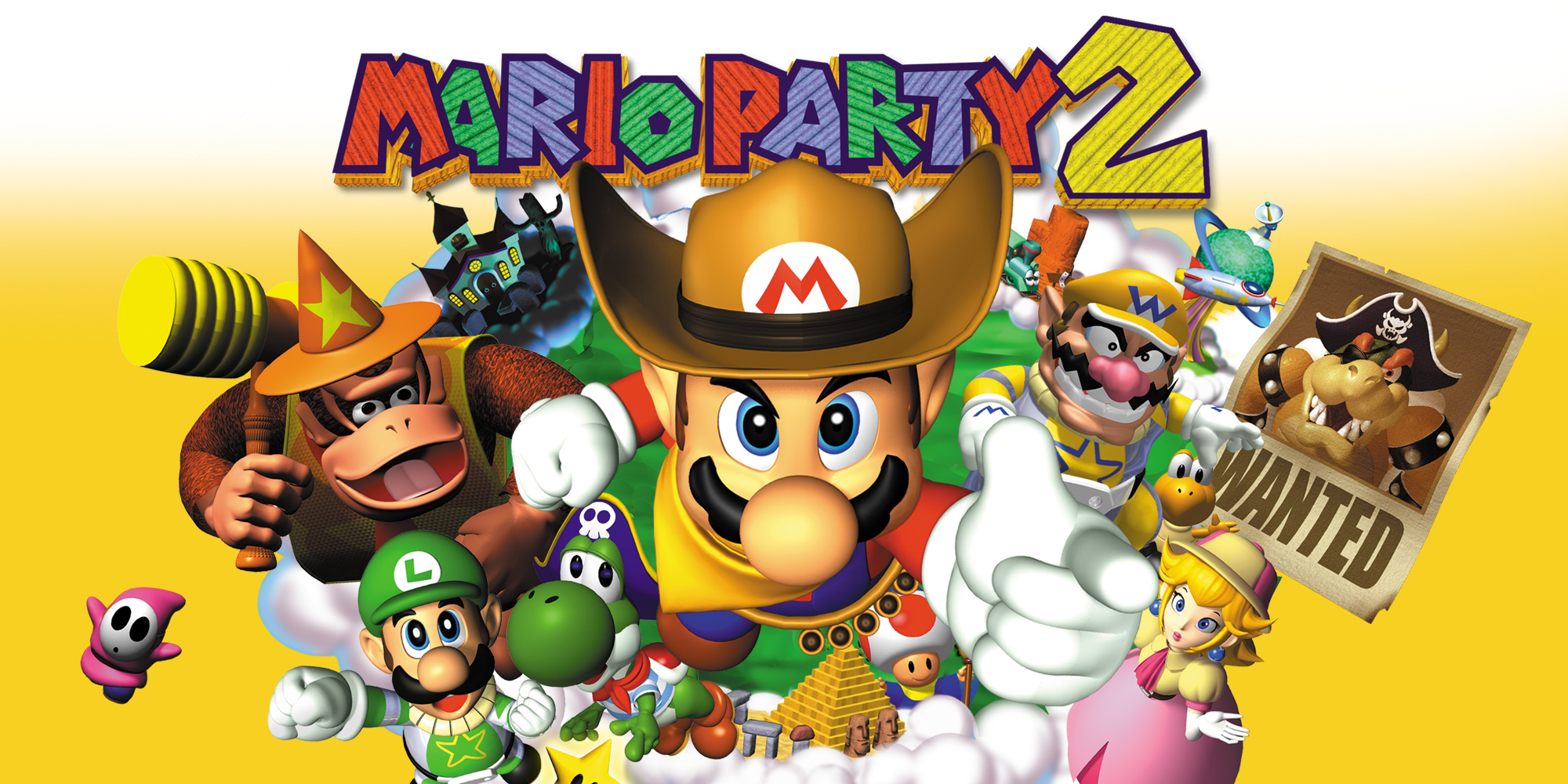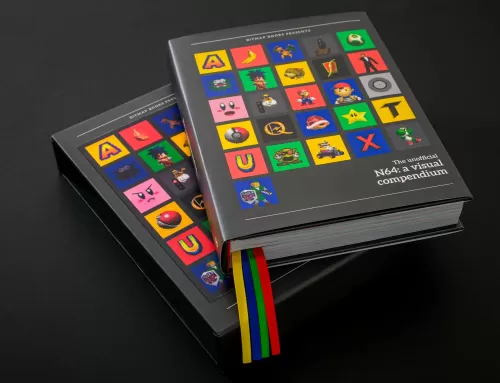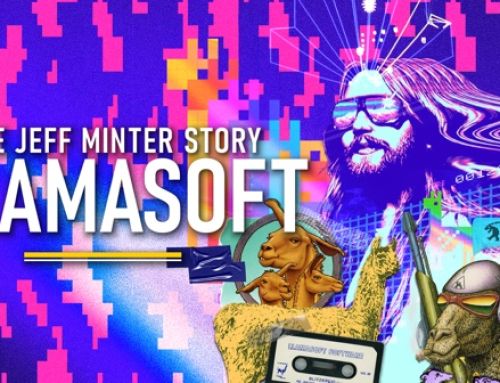Grab your friends for more anarchic boardgame madness in Mario’s second party release

There are so many games to choose from these days and different platforms that it can be overwhelming deciding where to start. And, sometimes you simply want to delve into an old favourite or a series you have heard great things about but never played. Nothing wrong with it, no judging here. In fact, I am definitely guilty of spending many hours playing the old timers as much as the shiny new stuff. So, in this particular section, I will take the time to play a game of the past which could range from the NES era all the way to the Xbox 360/PS3 generation and share my thoughts with a rating out of five.

The Nintendo produced sequel to the popular but flawed virtual board game Mario Party takes the plumber and friends into new lands for party fun and innovates on every aspect of the original game to make it one of the best multiplayer games of the Nintendo 64.
Like it or not, the videogame industry is heavily sequel-driven. This can be a good thing when it allows a second attempt at a great concept where the first didn’t completely nail execution. And this is exactly the case for Mario’s second party. Released in Europe in late 2000 (originally in Japan in December 1999), the Hudson Soft developed sequel is very much that game but with some key changes to keep it fresh and fun. They innovated on the original concept (added new item system, more varied boards), stripped out parts that didn’t work (boring or frustrating mini-games) and it was released to mostly positive critical reception at the time. To many it is still considered the best in the franchise (which has gone on to produce another groan-worthy nine sequels).
Now, over twenty years later I have spent considerable time with it to see if it still holds up. Granted, the appeal is not as a single-player experience and similar to my review of the original game I will be factoring in my memories of playing this as a four-player couch co-op game as those were indelible experiences growing up with the N64. Admittedly, my main enjoyment – which is separate from the actual game – is that this series is fantastic for listening to podcasts while playing as they are so easy-going; due to the nature of the board game format they don’t require complete focus at all times.
Now, to say there is more plot to this one would be a tad of an over-stretch. The background is that a new land needs to be named and each of the characters want it named after themselves. However, confusingly each map has its own little story, and all revolve around ‘evil Bowser doing something evil’ and you need to be the Superstar to stop him. Admittedly the silly drama of the end cut-scene for each Land has some charm to cap off the childish simplicity of the whole thing.

Usual Mario Party shenanigans, then?
If you played the first game then you will be very familiar with the set-up for the sequel. Players or CPU opponents roll dice on a themed map to reach and buy Stars with each round of dice rolls culminating in a mini game (winners earn coins to purchase the stars). The themes are not character specific like the previous game and more genres based (a western land, space map, horror one and pirate themed board are the standouts).
The returning Mario characters now wear adorable costumes which fit the themes and, although there are only six main boards (as opposed to the original’s eight levels), they are slightly bigger with enough quirks to differentiate them. The only map which is a bit of a chore is Mystery Land as it shares a similar structure to the Wario Battle Canyon board from the first game as it is split up over five mini islands which players warp between and can occasionally become too confusing trying to work out how to reach the star.
Hudson Soft clearly had feedback on many things from the original release and iterated in every aspect. The mini-games which featured previously have been repurposed with new paint jobs and have been improved with better structure or controls. A lot of the underwhelming or boring ones were jettisoned alongside the five that relied on rotating the analogue stick frantically (which nearly resulted in a lawsuit due to injured palms and broken controllers).
The returning games are pretty much all enjoyable. Crane Game is a good example of one which has had a simple fix. In the original, one player would be hanging from the crane and the other three would wait until they are picked up to try and wriggle free before being put in the pipe. If they wriggle out that was the end of the game and the three players beat the one. It was anti climactic. However, now there is a time limit and there are buttons alongside the three players that the crane character can pick up to add extra time. Once a player wriggles free the game keeps going and the crane character can try again until the time runs out with the aim to pick up all three opponents. It is a simple fix and is an example of the little things the developers have done to tighten the experience.

New mini-games too?
Most of the new games are improvements as well. Roll Call is a simple game which has you counting the milling Boos or Toads which is a lot harder than it sounds. Toad in the Box is a race to hit the Toad icon multiple times on a spinning roulette box with each attempt getting harder as it speeds up. Simple, yet charming.
However not all are hits. Skateboard Scamper has actually gotten worse from the previous game as it seems to be literally impossible to beat the CPU characters on even the easiest setting. I’m sure with friends it’s fine but frustrating when it shows up against the CPU.
There is also a new Battle space on the board which calls upon Goomba to force the players into handing over sums of cash to compete in separate four-player mini-games and the winner and first runner-up get the resulting cash. These can be game-changing as the sums can be pretty huge and it’s another way in which the momentum of a game can shift from one character to another in very little time.
The one-player mini-games from Mario Party have become item games which allow the player the chance to select an item for use on the board such as a mushroom to double or triple dice rolls, a skeleton key which opens up secret areas of the board or even a genie in a lamp that takes your character straight to the star. The item system works well and to keep it interesting there is an item that steals your opponents’ which is great fun against your friends. The only issue is on a couple of maps there are maybe one or two many item spaces so when these trigger a mini-game frequently it kills the pace.

Other modes available?
The general antics of a Mario Party game are all present and correct in this one, even down to the bonus stars handed out at the end of each playthrough. There are now even random spaces in each board which hand out 20 coins or a star to add to the unpredictability. So being skilled in the mini-games is definitely an advantage but you can never feel too secure in your chances of winning as there is still ways to be scuppered even by the last turn. However, it is certainly less random than the original as the dreaded Chance Time spaces have noticeably been pared back so much that over my entire playthrough across the six maps it showed up less than five times.
Outside of the main boards, there are plenty modes to dig into. The Mini Game Stadium from the original has been brought back as well as a customisable mode which removes the board part and is simply a competition to win the most mini-games. On top of that the new Duels (which are instigated when two players land on the same space towards the end of the game) are also playable here as well as the Battle ones.
Similar to the previous game, you can use coins earned in playthroughs to purchase all of the mini-games. Although, crucially the grind to earn coins is significantly lessened here as in each main game you play all stars earned by everyone alongside the coins go towards your total tally as opposed to only the coins you earned. It took a stupendous amount of time to unlock everything in that game and so this change is very welcome.
The final main feature is the Mini-game Coaster which is the equivalent of the Mini-game Island from the first instalment. It is the last feature you will be able to unlock and has been redesigned to be slightly tougher than the last game’s version as you can only save progress after beating a set number of mini-games. It’s certainly more difficult on the hard setting and will take a few attempts to beat as the CPU is less forgiving even on some of the early games and you only have a set number of lives with no save until you have cleared the world (in the original title you could save after beating every mini-game but here you have to beat four or five sequentially before being able to save your progress). This will divide people certainly as there was some enjoyment to the freedom given in the last instalment which is lacking here but this is more of a challenge.

Music and visuals not too dated?
Similar to the first game, in the Options you can listen to the entire soundtrack and even some of the voice samples. On the soundtrack specifically, it is similar to the previous title but an improvement with some catchy board theme music and fitting mini-game songs which range from madcap, jaunty tunes to strange warbled ditties for the odd games like Roll Call and Honeycomb Havoc. A neat feature, certainly.
Visually it’s a slight improvement over Mario Party with a little more definition on the character models and less blurry textures however it’s still incredibly blocky and simplistic. The boards are also still pre-rendered backgrounds but colourful with some great variety in the design.
Verdict – Overall, if you liked the first game then this is definitely an improvement in every way however ultimately it is very similar. Of course, if that style of kid-friendly, chaotic multiplayer is not for you then this instalment will not win you over. For eveyone else, it is a fantastic four-player local co-op experience and easily accessible for anyone who hasn’t played before or even picked up an N64 game. The one-player experience is definitely a shadow of the fun that can be had when playing with friends but once again Hudson have loaded it with enough unlockable content that it is still a relaxing ‘podcast’ game on your own and guaranteed hilarity with friends.
For an understanding on the thought process behind the Gamerhub review system, please check this page.





